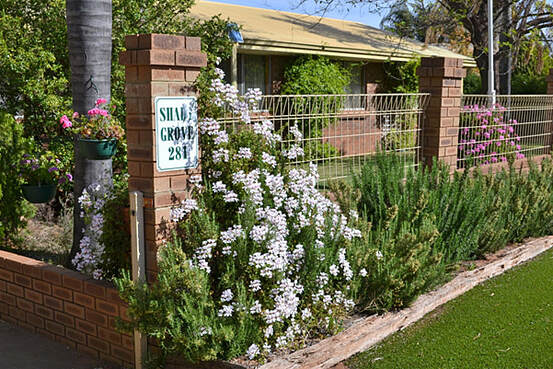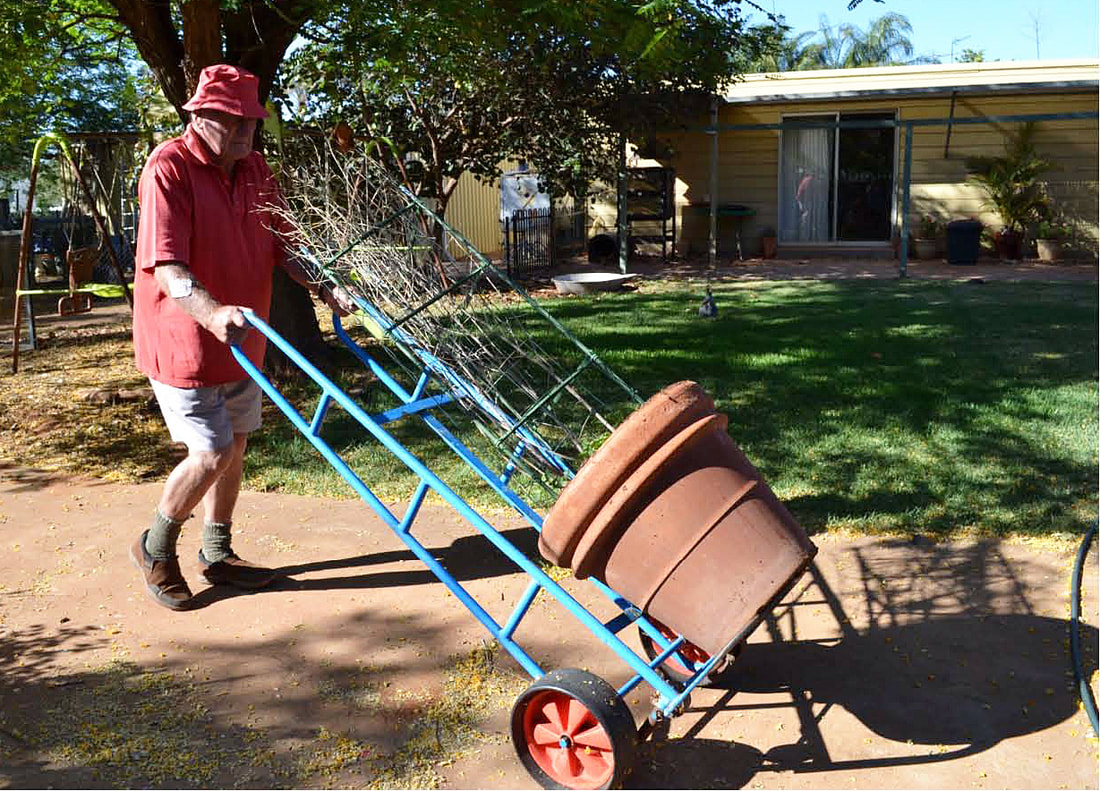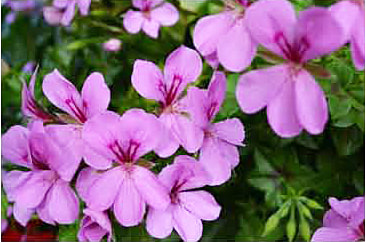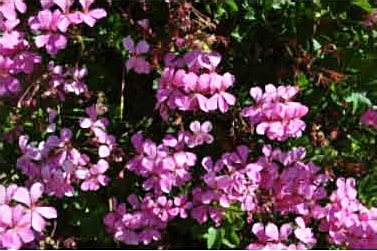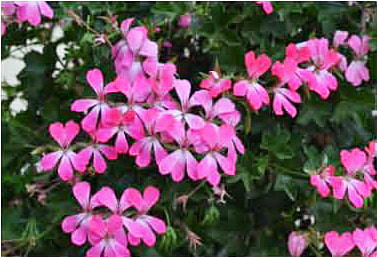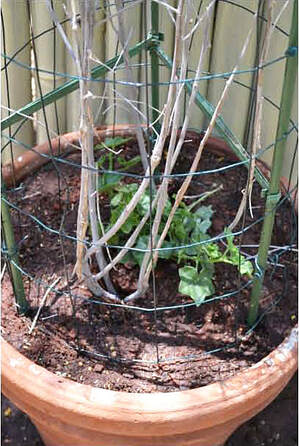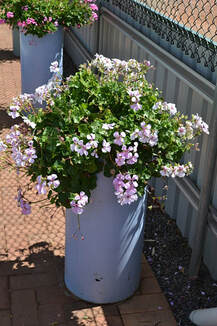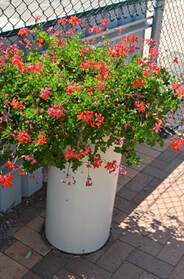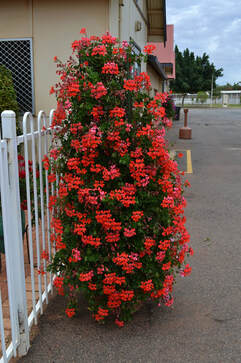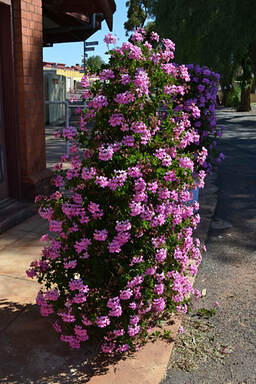Scrambling Pelargoniums
|
March – June ‘15
After the initial planting, and before I had results, I became quite enthusiastic about the project, and started adding additional plants. The first were 2 concrete planters in which I planted a La France and a Royal Purple, both had the tomato cage – wire mesh and a light dead shrub treatment. Then I converted a further 3 well established Ivy Geraniums growing in recycled PVC pipes 70 – 90cms tall and 300mm in diameter. These tall pots allowed cascading geraniums to cascade and the conclusion I reached was that the 70 – 90cm works well. |
|
To convert these established plants to grow up, if they would, I cut them off level with the top of the pot and gave them the same treatment – tomato cage, garden wire and dead shrub etc.
By September 2015 a definite pattern had emerging with the initial 5 plants. The 4 with the shrubs have about 90 - 95% of their plants growing up and are about 40cm high. They each have a few shoots that grow outside the cage. I have tried poking them back inside the cage, and as they are very brittle and the squares in garden mesh are only 100 x 100mm most break off. |
|
The big positive story is that the plants appear to be aware that with support they can and do prefer to grow upwards.
The 5th pot in the original line up WITHOUT THE SHRUBS is probably half the height, very bushy, with more than half their shoots outside the cage. |
